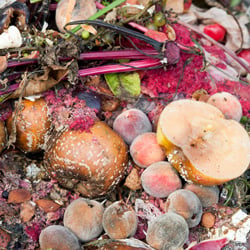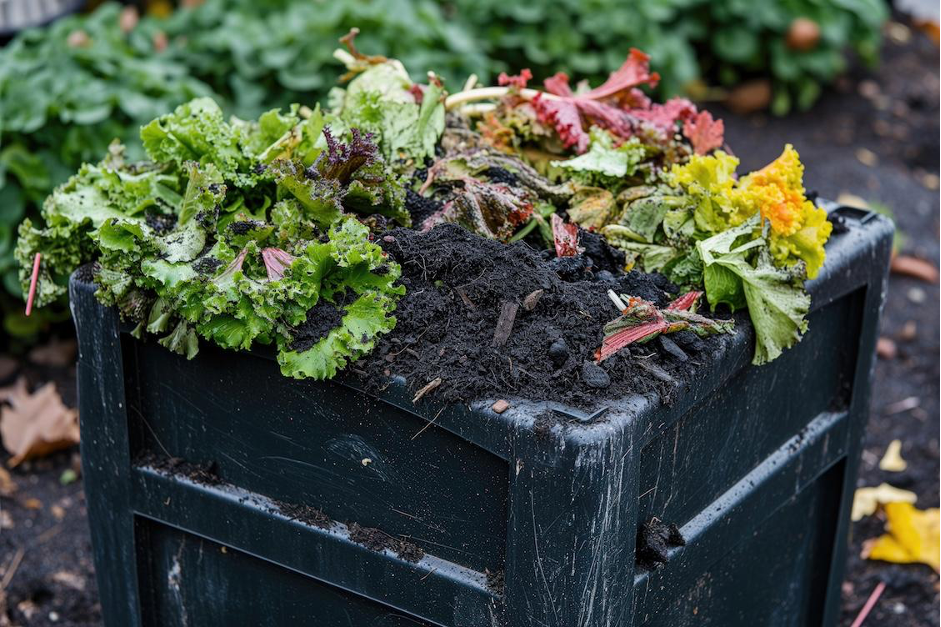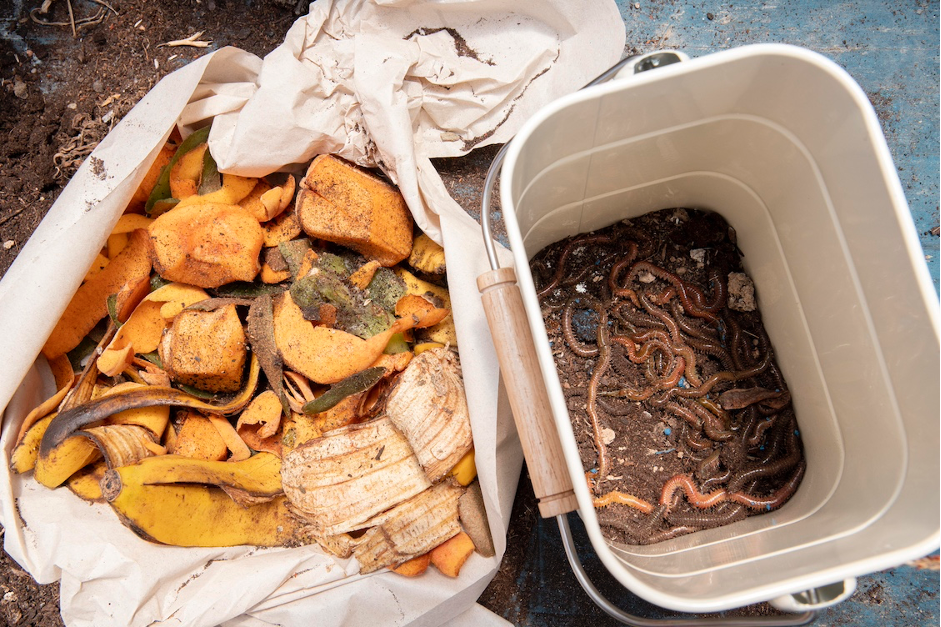 Many people explore composting as a great way to naturally dispose of food scraps. As a bonus, they get prime quality organic fertilizer in return. There are two main types of composting: hot composting and vermicomposting with worms. What are the differences? How are they similar? Which type is fastest?
Many people explore composting as a great way to naturally dispose of food scraps. As a bonus, they get prime quality organic fertilizer in return. There are two main types of composting: hot composting and vermicomposting with worms. What are the differences? How are they similar? Which type is fastest?
Composting Overview
Hot composting is done outdoors, mostly in a rural environment. It is usually done in pits or bins away from any structures. On the other hand, you can have your vermicomposting bins both inside and outside whether you live in an apartment or in house. Bins can be placed in kitchens, closets, garages or on porches or anywhere outside where there are awnings. Vermicomposting bins come in an array of sizes, but 3′ by 3′ is highly recommended. This is the optimal size where the bin center heats to the right temperature for microbes to flourish while allowing maximum airflow.
Ingredients for Hot Composting
Generally speaking, hot composting requires a high ratio of carbon to nitrogen to speed up the process. This means using 20 parts of carbon-rich ingredients for every one part of nitrogen-rich ingredients – a 20:1 ratio. Straw, sawdust and dead leaves constitute carbon-rich or brown ingredients. Cut grass, seaweed, hay, scraps from plant pruning and kitchen are nitrogen-rich or green.
Ingredients for Vermicomposting
Bedding is very important when composting with worms. It can be made from shredded brown corrugated cardboard and black-ink only newspaper. Also, you can mix in pure peat moss and coconut coir. Please check our article for additional information about bedding. After the bedding is created, sprinkle some water on top and gently stir. Then pick up a handful to check out the moisture content. The ideal moisture level is equivalent to a damp wrung-out sponge. Some vermicomposter enthusiasts turn the compost weekly although the worms themselves do the aeration process through tunneling. All you then need to add are the worms and your food scraps.
Why Worms are the Good Choice
Outdoor hot composters have odors and tend to attract vermin. However, vermicomposting is an easy, clean, safe, method of composting. In fact, many find that vermicomposting also teaches children responsibility by taking care of their worms. Worms are like tiny pets that must be fed properly and kept healthy.
Worms need a very clean diet. They can’t digest oils, meat, bones, dairy, sauces, fast foods, and highly acidic foods. These should not be added into the bin: printed/coated paper, plastic, and other toxic, non-digestible items. We recommend that all scraps tossed into the bin are not only cleansed of oils, sauces, etc., but chopped into small pieces to help the worms eat faster. Under ideal conditions, worms can eat their own body weight each day. If you have five pounds of worms, then you can add up to five pounds of food on a daily basis. Most vermicomposting enthusiasts feed their worms every two or three days depending on how much food is left over from the last feeding. Check our blog for other articles about what to feed your worms.
How to Break Compost Down Quickly
Hot composting can take three months to two years depending upon the ingredients and conditions. Vermicomposting with worms is faster because the worms quickly eat through the food. A new vermicomposting bin can be ready to harvest in just 2 months.
We recommend Uncle Jim’s Red Worms, the Kings of Composting, for your vermicomposting needs. Just remember to keep their portions in line with what they can eat, feed them properly, cut their food into small pieces and make sure their bedding is properly moist and aerated. Treat your worms well and they will reward you with 100% natural top-notch organic fertilizer.
Uncle Jim’s Worm Farm is the #1 seller of live Red Worms and European Night Crawlers, top worms for aeration and fishing bait. All our worms are born and bred at our farm in rural Pennsylvania. Feel free to check our website for indoor and outdoor tray-based composting bins as well as accessories for your vermicomposting experience.









4 thoughts on “How to Break Compost Down Quickly”
I am having to start my worm all over. A spider got into my fairly successful little worm farm which I had had for several years and my worms started jumping out of the small indoor farm I had. By the time I realized what was happening I felt like I needed to clean the whole thing out and start over. kathy schultz
I was hoping this article was going to talk about breaking down the compost to ‘harvest’ the ‘fertilizer’. I have a very simple worm bin (about 24 x 18 x 18) and I think they need fresh bedding. Please advise what the process is.
More than likely you should be adding some fresh bedding every time you feed or every other feed depending on how heavy you go with the bedding remember worms tend to feed from the underneath side of the feed. If you have really wet feed then I’d try using dry bedding that will help absorb any extra liquids in the farm. Happy farming hope this is useful
Hi-I set up my new worm been about four weeks ago. I’m having some problems including the worms trying to escape and not breaking down everything I’ve put in (eg. Cabbage ). So they are definitely not eating their body weight in table scraps.
It seems moist enough in there but I’ve not added any bedding since I started. (I am using a large plastic tub with a lid, placed in my garage). Thanks!